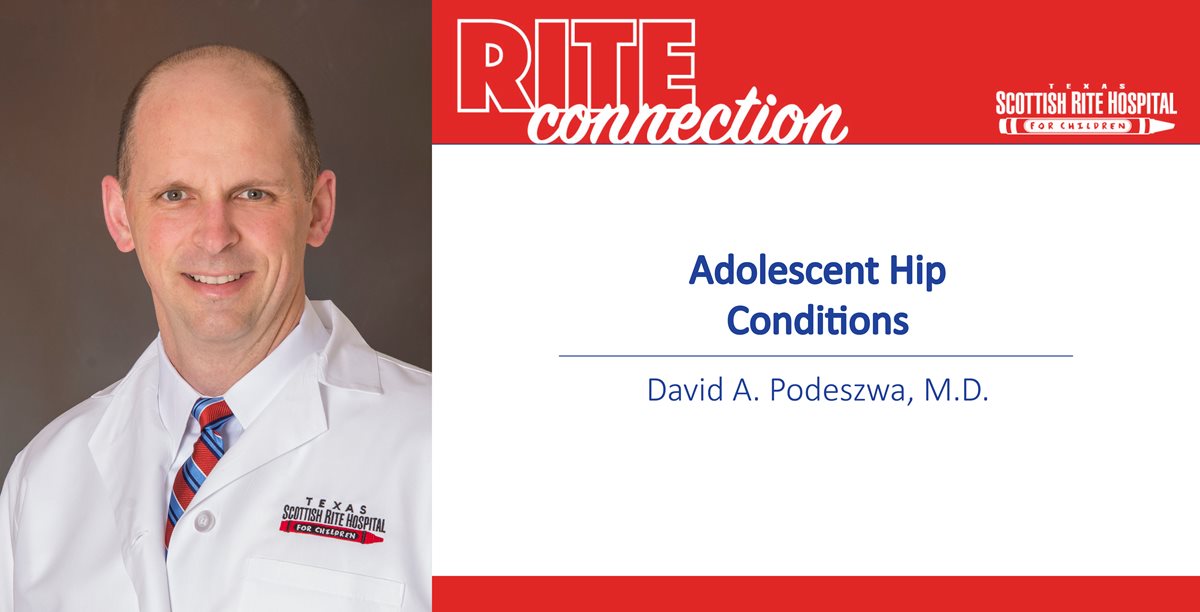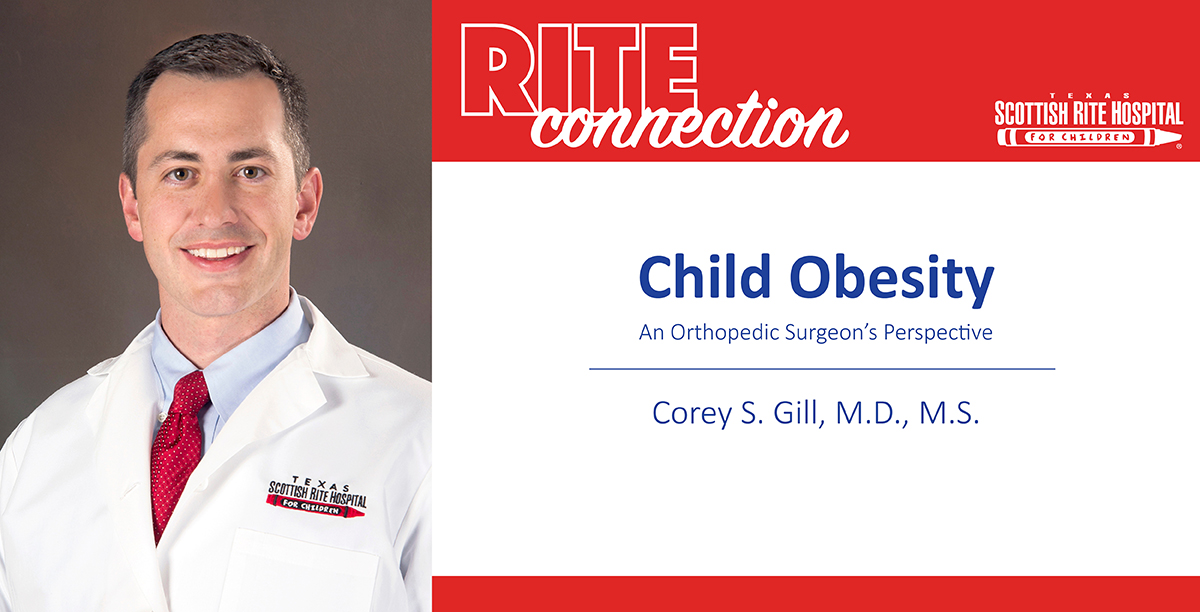Key messages from a presentation by staff orthopedist, David A. Podeszwa, M.D., at Coffee, Kids and Sports Medicine. Article originally published in first quarter, 2018 issue of Pediatric Society of Greater Dallas newsletter. Watch the lecturePrint the PDF...



